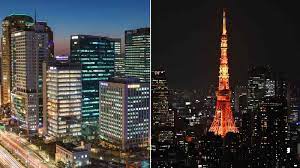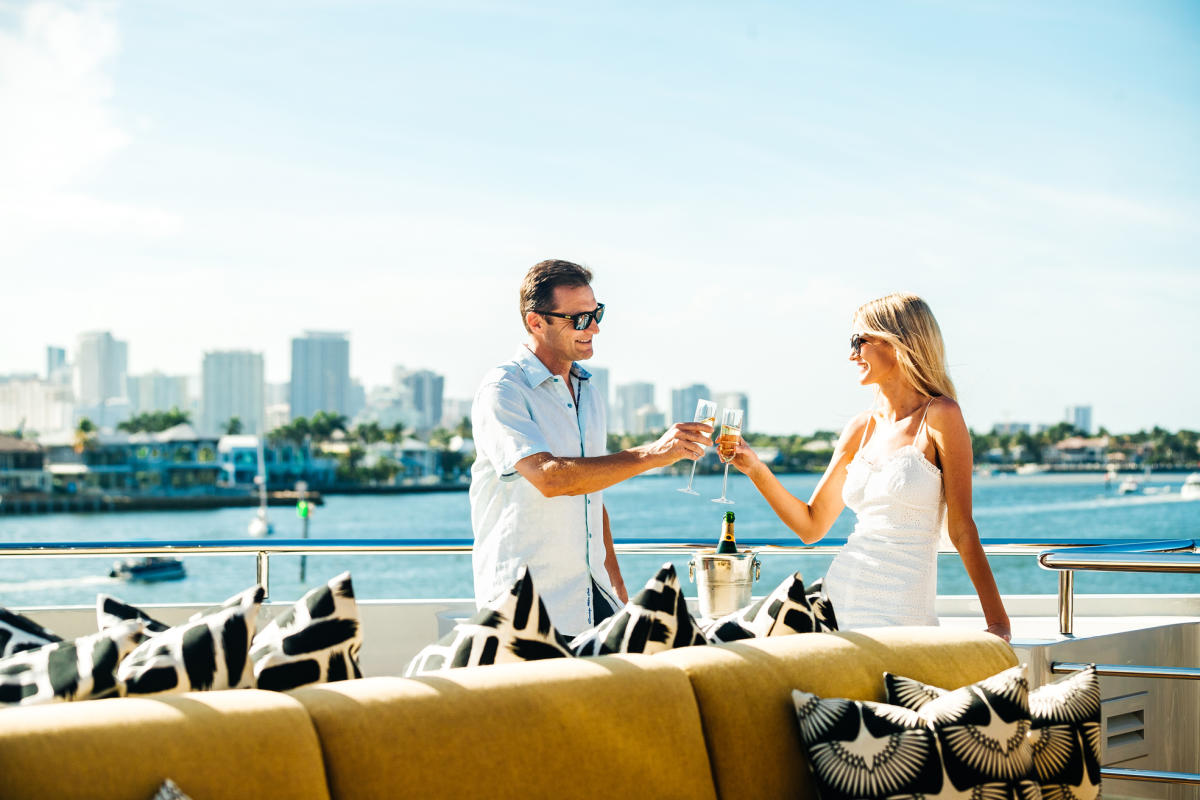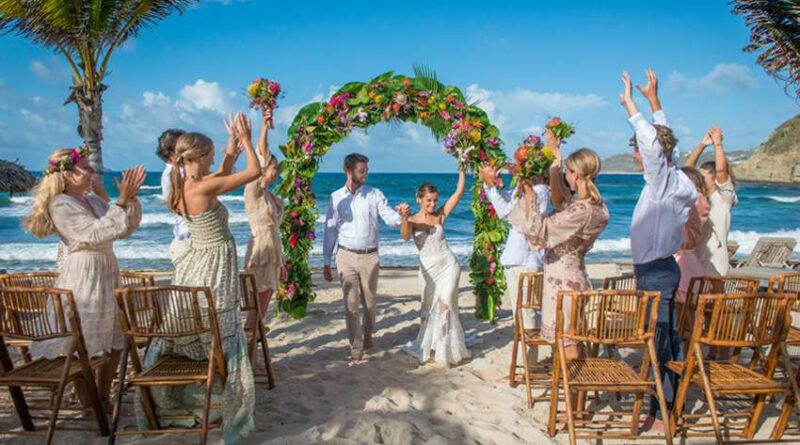The Vibrant Journey from NYC to Seoul
Embark on an exciting journey from the bustling streets of New York City to the vibrant city of Seoul. This ultimate guide will provide you with all the information you need to plan your trip and make the most of your time in South Korea. Using the MECE Framework, we have organized the content to ensure a comprehensive and enjoyable reading experience. Discover the unique cultural experiences, historical landmarks, and natural wonders that await you in Seoul and beyond.
Preparing for the Journey

The Logistics
Before embarking on your journey, it’s important to understand the logistics of traveling from NYC to Seoul. There are several flight options available, with airlines such as Korean Air, Asiana Airlines, and Delta offering direct flights that take approximately 14-15 hours. To find the best deals on flights, consider booking in advance and being flexible with your travel dates. The ideal time to visit Seoul is during the spring (April to June) or autumn (September to November) when the weather is pleasant and festivals are in full swing.
Navigating Visa Requirements
As a U.S. citizen, you will need a visa to enter South Korea. The visa process is relatively straightforward, and you can apply for a tourist visa (B-2) or a visa waiver program (visa-free entry for up to 90 days). To apply for a visa, you will need to submit an application form, a valid passport, a recent passport-sized photograph, and proof of onward travel. It’s recommended to check the official website of the Embassy of the Republic of Korea for the most up-to-date information on visa requirements and application procedures.
Packing Essentials
When packing for your trip to Seoul, it’s important to consider the weather and activities you plan to engage in. In spring and autumn, the weather is mild, so pack light layers, comfortable walking shoes, and a light jacket. Summers can be hot and humid, so pack breathable clothing and sunscreen. Winters are cold, so bring warm clothing, including a coat, hat, gloves, and scarf. Other essential items include a universal power adapter, a portable charger, a travel-sized umbrella, and any necessary medications. Remember to pack a comfortable day bag for exploring the city.
Cultural Etiquette and Language
Respecting Korean customs and etiquette is essential to have a positive interaction with locals. Koreans value politeness and modesty, so it’s important to greet people with a bow and use honorifics when addressing older individuals. Remove your shoes when entering someone’s home or a traditional establishment. Learning a few basic Korean phrases will enhance your travel experience, so consider learning greetings, thank you, and basic phrases for ordering food. Locals will appreciate your efforts to communicate in their language.
Seoul
Getting Acquainted with Seoul
Seoul, the capital city of South Korea, is a vibrant and modern metropolis with a rich historical heritage. Before diving into the city’s attractions, it’s important to get acquainted with its geography, districts, and transportation system. Seoul is divided into several districts, each offering its unique charm and attractions. The city is well-connected with an efficient subway system and buses, making it easy to navigate and explore. Embrace the energy and excitement of this dynamic city as you embark on your exploration.
Must-See Landmarks and Attractions
Seoul is home to numerous iconic landmarks and attractions that showcase its rich history and culture. Gyeongbokgung Palace, the largest palace in Seoul, is a must-visit to experience the grandeur of the Joseon Dynasty. N Seoul Tower offers breathtaking panoramic views of the city, while Bukchon Hanok Village provides a glimpse into traditional Korean architecture. Explore vibrant neighborhoods like Myeongdong, known for its shopping and street food, and Hongdae, famous for its youthful and artistic atmosphere.
Immerse in Korean Culture
Immerse yourself in Korean culture by participating in traditional activities and experiencing the local way of life. Rent a hanbok, a traditional Korean dress, and take beautiful photos against the backdrop of historic palaces and streets. Attend a traditional tea ceremony to learn about the art of tea preparation and etiquette. Don’t miss the opportunity to watch traditional performances like Nanta, a non-verbal comedy show, or a mesmerizing Korean traditional dance. Indulge in the diverse flavors of Korean cuisine by trying dishes like bibimbap, bulgogi, and Korean barbecue. Explore local markets like Gwangjang Market or Namdaemun Market to sample street food and purchase unique souvenirs.
Uncovering Seoul’s Hidden Gems
While visiting the well-known landmarks, don’t forget to explore Seoul’s hidden gems. Ihwa Mural Village is a hidden artistic gem with colorful murals adorning the walls of its narrow alleyways. Naksan Park offers stunning views of the city skyline and is a perfect spot for a stroll. Discover unique neighborhoods like Yeonnam-dong, known for its trendy cafes and boutiques, or Seochon, which preserves the traditional charm of old Seoul. These hidden gems provide a different perspective of the city and offer memorable experiences.
Nightlife and Entertainment
Seoul comes alive at night with its vibrant nightlife and entertainment scene. Explore the trendy neighborhoods of Gangnam and Itaewon, which offer a wide range of clubs, bars, and lounges. Experience the phenomenon of K-pop by attending live performances or visiting entertainment agencies’ headquarters. Enjoy traditional Korean music performances at venues like the National Gugak Center or watch a captivating theatrical show at one of Seoul’s many theaters. The city’s nightlife and entertainment options cater to all tastes and ensure an unforgettable experience.
Beyond Seoul – Exploring South Korea
Day Trips from Seoul
While Seoul offers a plethora of attractions, there are also many exciting day trip options to explore beyond the city. Visit the Demilitarized Zone (DMZ), a unique border area between North and South Korea, to gain insight into the country’s history. Explore Suwon Fortress, a UNESCO World Heritage Site, known for its impressive walls and gates. Take a trip to Nami Island, a picturesque island famous for its beautiful landscapes and as the filming location of the popular Korean drama “Winter Sonata.”
Discovering Historical Sites
South Korea is rich in history, and there are several historical sites worth exploring outside of Seoul. Gyeongju, often referred to as the “museum without walls,” is home to numerous ancient temples, burial mounds, and UNESCO World Heritage Sites. Busan, a vibrant coastal city, offers a mix of modern attractions and historical sites like Beomeosa Temple and Gamcheon Culture Village. Jeonju, known for its well-preserved traditional Hanok village, is a great place to immerse yourself in Korean traditional culture.
Natural Wonders and Outdoor Adventures
Nature lovers will find plenty to explore in South Korea. Seoraksan National Park, located in the northeast, offers breathtaking mountain scenery and hiking trails for outdoor enthusiasts. Jeju Island, a volcanic island off the southern coast, is known for its stunning landscapes, including waterfalls, lava tubes, and beautiful beaches. Visit Boseong Green Tea Fields to experience the serene beauty of vast tea plantations and learn about the tea-making process. For a unique experience, consider a temple stay at one of the many Buddhist temples across the country.
Experiencing Korean Festivals
South Korea is known for its vibrant festivals that showcase the country’s rich cultural heritage. The Jinhae Cherry Blossom Festival, held in spring, offers a breathtaking display of cherry blossoms in full bloom. The Boryeong Mud Festival, held in July, is a fun-filled event where visitors can enjoy mud-related activities like mud wrestling and mud sliding. Other popular festivals include the Andong Mask Dance Festival, the Busan International Film Festival, and the Lantern Festival held in Seoul during Buddha’s Birthday.
Practical Tips for Traveling in South Korea
When traveling in South Korea, it’s important to keep a few practical tips in mind. The country has an efficient transportation system, including subways, buses, and trains, making it easy to get around. Consider purchasing a T-money card for convenient payment on public transportation. South Korea is generally safe for travelers, but it’s always advisable to take standard precautions and be aware of your surroundings. Familiarize yourself with local customs and etiquette, such as removing your shoes when entering someone’s home. Lastly, don’t be afraid to venture off the beaten path and explore lesser-known destinations in South Korea. These hidden gems often offer unique experiences and a chance to interact with locals on a deeper level.
Frequently Asked Questions
What is the best time to visit Seoul for a first-time traveler?
The best time to visit Seoul for a first-time traveler is during the spring (April to June) or autumn (September to November). The weather is mild, and you can enjoy pleasant temperatures while exploring the city. These seasons also offer beautiful cherry blossoms in spring and vibrant foliage in autumn, adding to the overall charm of Seoul.
How long does it take to adapt to the time difference between NYC and Seoul?
Adapting to the time difference between NYC and Seoul may take a few days. Seoul is 13 hours ahead of NYC, so it’s important to adjust your sleep schedule gradually. Upon arrival, try to stay awake until the local bedtime to help your body adjust to the new time zone. Stay hydrated, get plenty of rest, and expose yourself to natural light during the day to help reset your internal clock.
Are there any specific safety concerns for travelers in Seoul?
Seoul is generally a safe city for travelers. However, it’s always important to exercise caution and take standard safety precautions. Keep an eye on your belongings, especially in crowded areas, and be aware of your surroundings. It’s also advisable to carry a copy of your passport and keep the original in a secure place. In case of any emergencies, familiarize yourself with the local emergency contact numbers.
What are some popular Korean dishes that visitors must try?
Visitors to Seoul must try some of the popular Korean dishes. Bibimbap, a mixed rice dish with vegetables, meat, and a spicy sauce, is a must-try. Korean barbecue, where you grill meat at your table, is also a favorite among locals and tourists. Other dishes to savor include bulgogi (marinated grilled beef), kimchi (fermented cabbage), and tteokbokki (spicy rice cakes). Don’t forget to sample street food like hotteok (sweet pancakes), kimbap (seaweed rice rolls), and bingsu (shaved ice dessert) for a truly authentic culinary experience.
Conclusion
From the vibrant streets of Seoul to the hidden gems of South Korea, this ultimate guide has provided you with valuable information to plan your journey. Whether you’re exploring the historical landmarks of Seoul, venturing into the natural wonders of the country, or immersing yourself in Korean culture and cuisine, South Korea offers a vibrant and unforgettable experience. Remember to prepare for your journey, respect local customs and etiquette, and have an open mind to embrace the unique blend of tradition and modernity that South Korea has to offer. Bon voyage!




